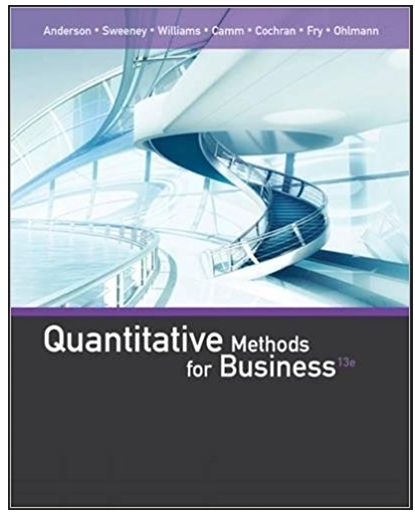The College Board National Office recently reported that in 2011-2012, the 547,038 high school juniors who took
Question:
a. What is the probability that a high school junior who takes the test will score at least 610 on the mathematics portion of the test?
b. What is the probability that a high school junior who takes the test will score no higher than 460 on the mathematics portion of the test?
c. What is the probability that a high school junior who takes the test will score between 460 and 550 on the mathematics portion of the test?
d. How high does a student have to score to be in the top 10% of high school juniors on the mathematics portion of the test?
Fantastic news! We've Found the answer you've been seeking!
Step by Step Answer:
Related Book For 

Quantitative Methods for Business
ISBN: 978-1285866314
13th edition
Authors: David R. Anderson, Dennis J. Sweeney, Thomas A. Williams, Jeffrey D. Camm, James J. Cochran
Question Posted:





